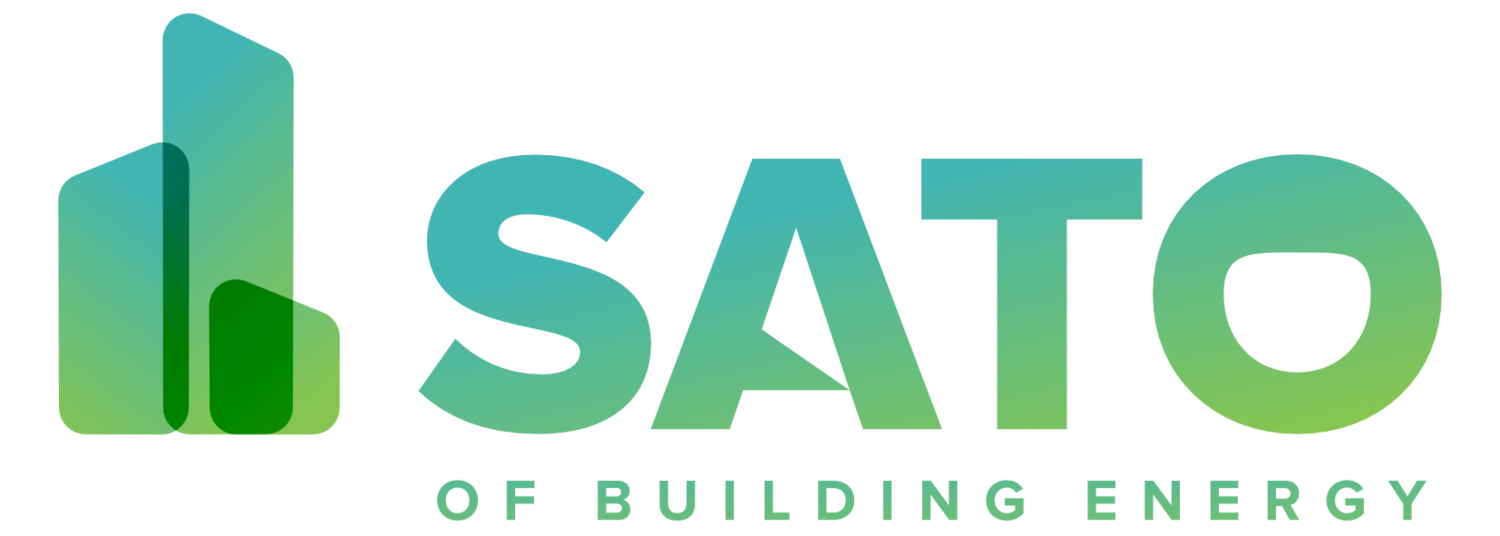



Implement and test a cost-effective solution to assess the real-life energy performance of a building and its energy consuming equipment.

Implement a building self assessment and optimization platform (SATO platform) equipped with automated self assessment capabilities that are partially supported by statistical/machine learning methods.

Implement a Smart Self-assessment Framework (SAF) with automated SRI capabilities

Integration of existing technologies into the SATO platform

Non-intrusive sensing and control using cloud and localized intelligence.
Development of user-centred self-optimized energy management services

Build BIM and WEB-based interfaces to receive user feedback and preferences

Extend an existing BIM tool so that it can be used to input locations and characteristics of building devices and sensors

Extend an existing BIM tool so that it can perform visualization of the results of assessments in different scales and aggregation levels
Develop BIM and WEB-based interfaces for the SATO platform. A 3D CAD tool BIM interface will be used for large buildings. Small buildings/fractions or apartments will rely on a WEB-based interface.

Implementation of energy efficiency and flexibility services.

Develop exploitable SATO services and business models.

Self-assess and optimize the potential of low-cost energy storage (Building-as-a-battery, BaB). The `building as battery' concept (BaB) consists in the use of the structural thermal capacity of floors, ceilings, walls and building furniture as an energy (heat) storage medium.
Implement a set of diverse building pilots to test and demonstrate the SATO platform, SAF and services.

Implement services for systems with short (SATO-APL) and long life cycles (SATO-BMS)

Implement AI powered comparative assessment tool SATO Compare
Innovations
The project will be characterised by a unique interplay of human-centred automation, cloud-based ICT platforms and adaptive computational control techniques.
